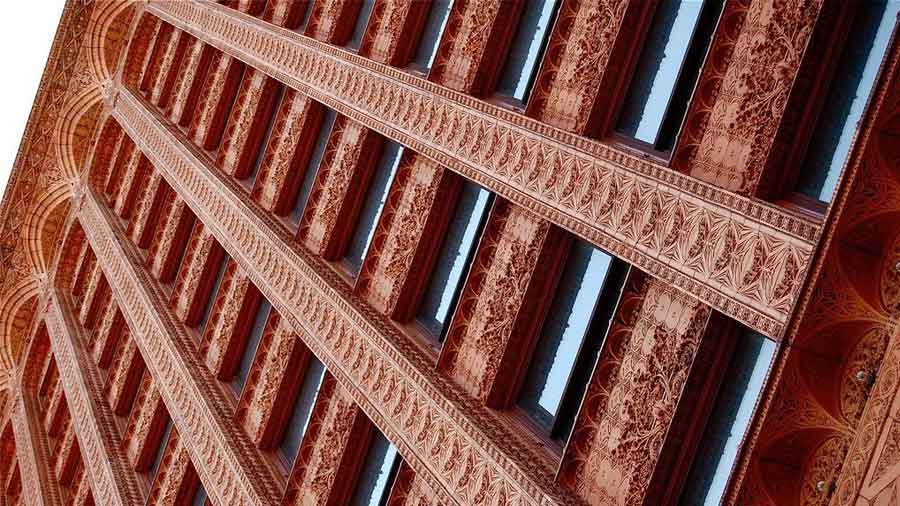
Skyscrapers and Dissertations
September 3rd marks the birthday of Louis Henry Sullivan, the father of the skyscraper. Sullivan’s designs helped people to dream bigger and build bigger. Your dissertation will allow you to do the same…
I remember when I first visited the downtown area of a large city. It was Chicago in my senior year of college. I know, I know. I had quite a sheltered upbringing! To be fair, I had also visited Washington D.C. and London by this point in my life. But, no building in D.C. is taller than the Washington Monument, and I kept to the more historic areas of London.
So, the first time I saw a legitimate skyscraper was my senior year of college when I was visiting perspective graduate schools. And, I didn’t ease into it, either. I visited Chicago and went up to the top of the Sears Tower, the world’s tallest building at the time.
The view was amazing! I could hardly make out people on the streets below. But I could see the city, laid out as if I was looking at a map! No other building stood eye-to-eye with me, but several notable skyscrapers stood out among the quaint 10- and 20-story buildings in the downtown area.
As awesome as the view was, the feeling was…different. I felt almost like I was on a boat. OK, a big boat on fairly calm waters, maybe, but the subtle swaying was unmistakable. You see, when a building reaches this high it has to be designed to bend in the wind, or else it might break. It was kind of like being in a tree house…just 1,400 feet in the air!
And, as amazing as the view was from the top, looking up from the sidewalk outside the building was every bit as awe inspiring. To think that men had come together and built this tower that helped me touch the sky. Words don’t really capture the pride in civilization I felt at that moment.
You see where this is going. Right? Your dissertation should reach similar heights and inspire the same awe. Right?
Well, no. You should be proud of the efforts those who came before you have made to enable you to add another brick to the wall.
You’re not building the skyscraper. That’s the collective work of all researchers in your field. Challenging each other. Supporting each other. Collectively reaching higher than any one person could ever reach on his own.
You’re job is to simply add another brick to the wall.
Louis Sullivan also coined the phrase, form follows function. Architects and other designers have lionized and analyzed this concept for more than a hundred years now.
When it comes to your dissertation, remember that it’s a means to an end. The end is graduation. In fact, graduation itself is only a means to the greater ends your seek to achieve in this world. The people you hope to teach or counsel or lead or empower. The platform you wish to build so that your voice can be heard. The seat at the table that finally will be yours.
If the function of the dissertation is to get you to graduation as quickly as possible, then the form of the dissertation should be small, focused, and efficient.
Don’t embellish where it is not required.
Don’t add flourishes to the design of your research.
Don’t consider four or five research questions if one or two will do.
When you first began your dissertation, you probably felt a great sense of awe at the prospect of joining such an elite cadre of researchers. You probably felt at a bit of a loss for how to even start such an undertaking. At times you may have doubted whether you would be able to complete your dissertation.
